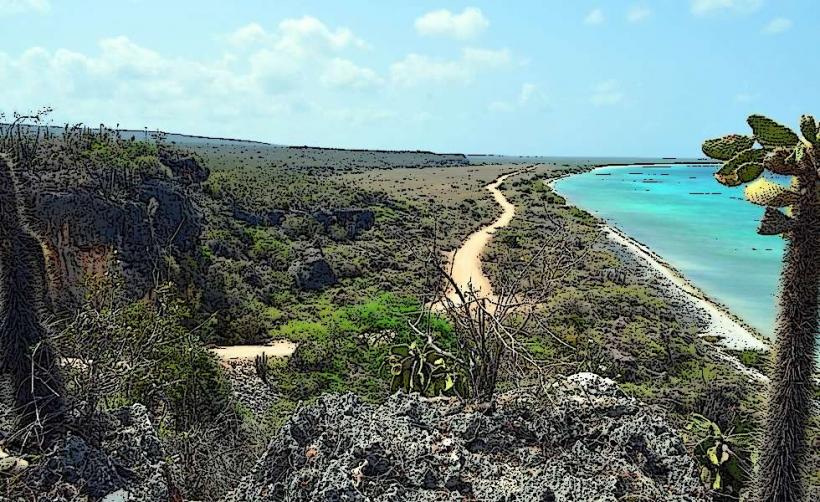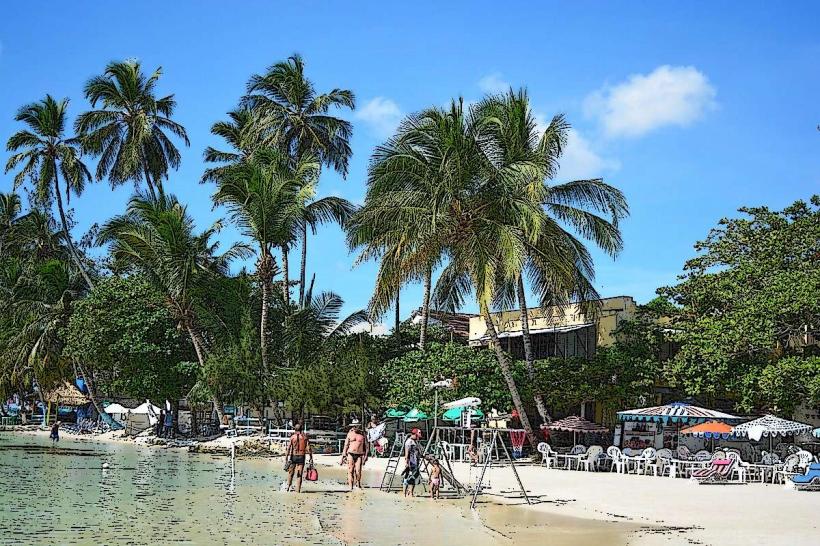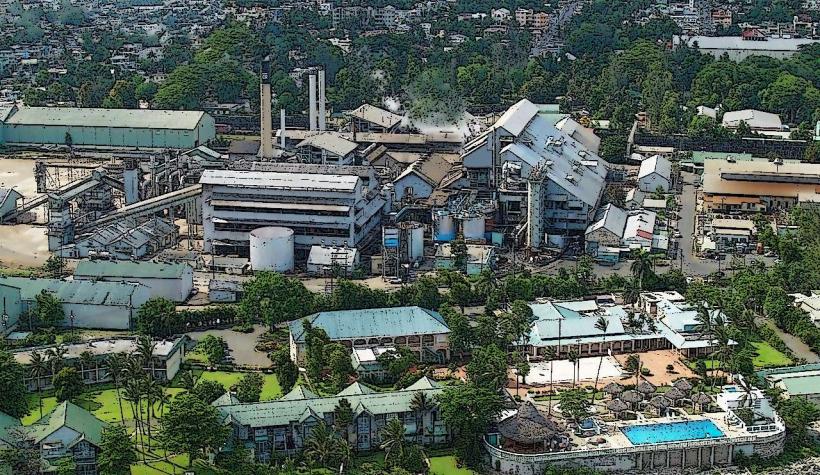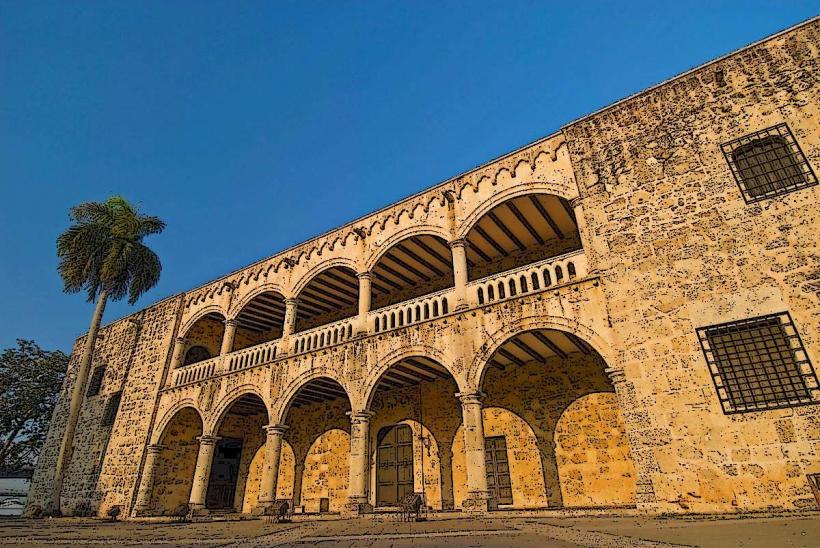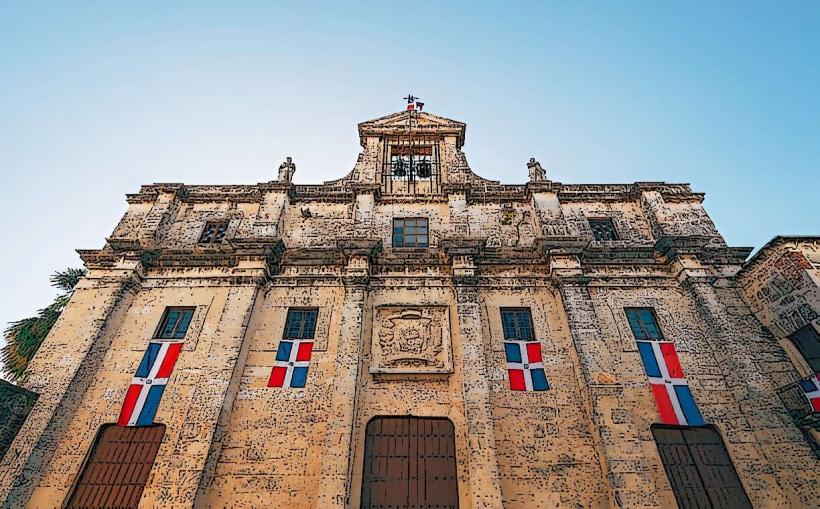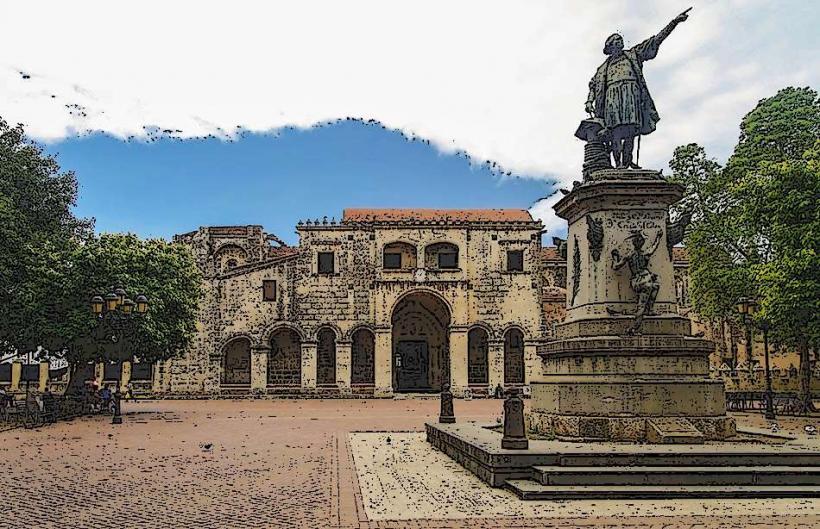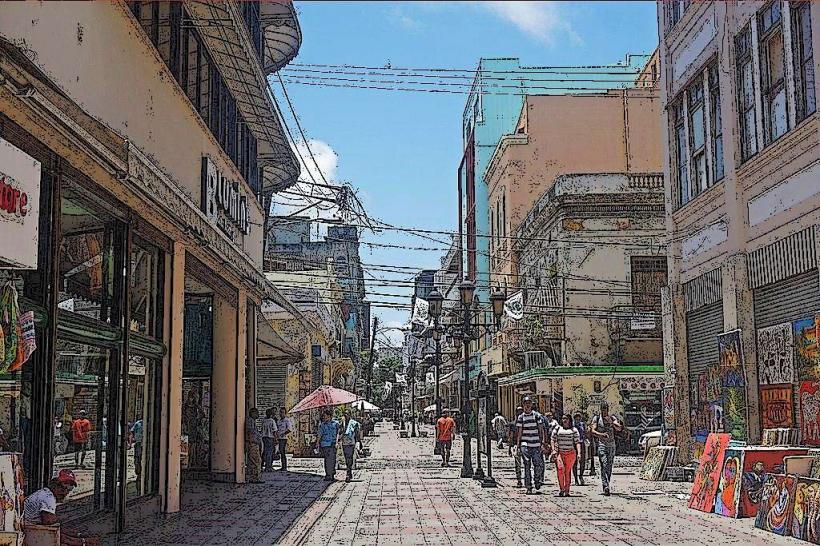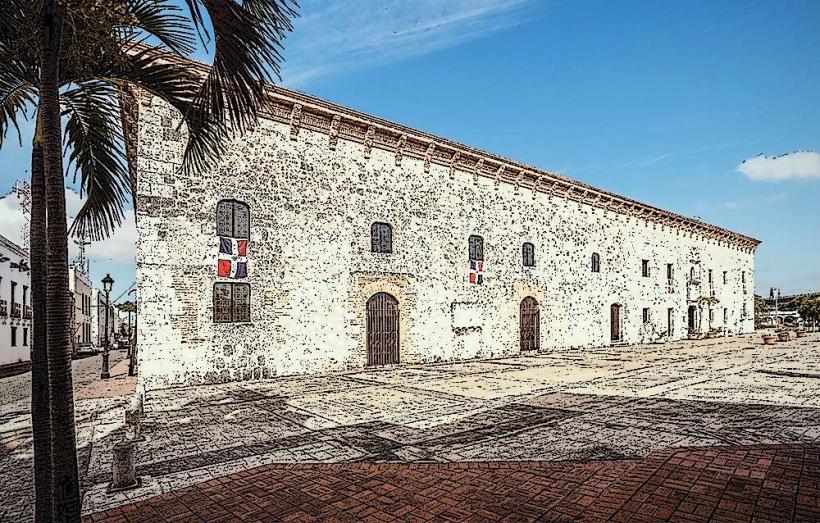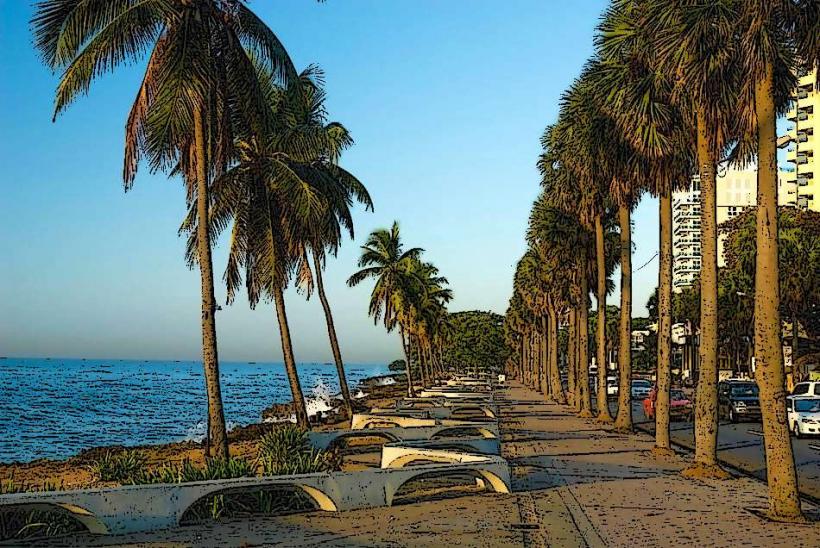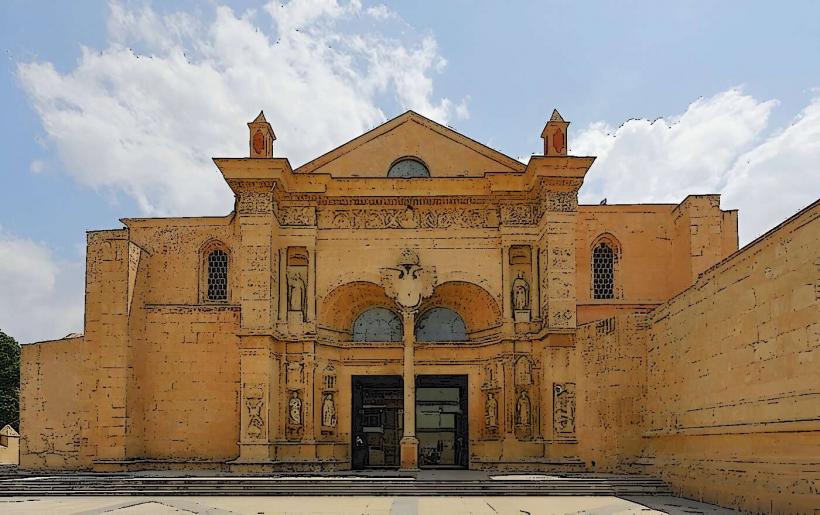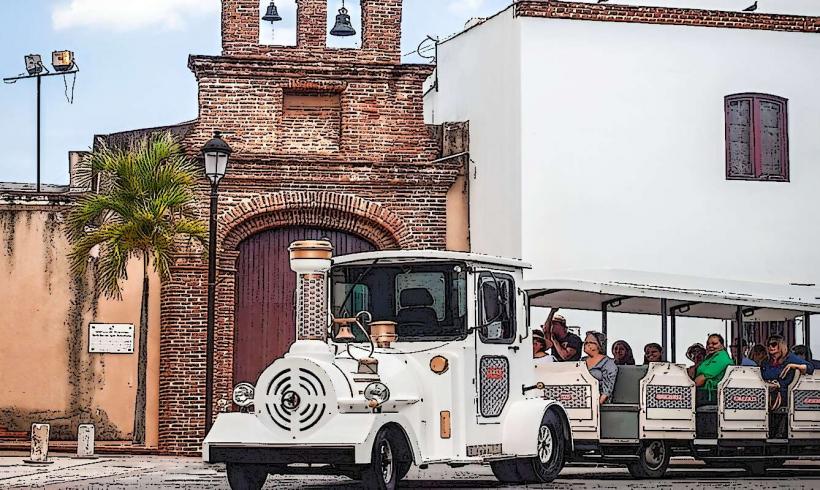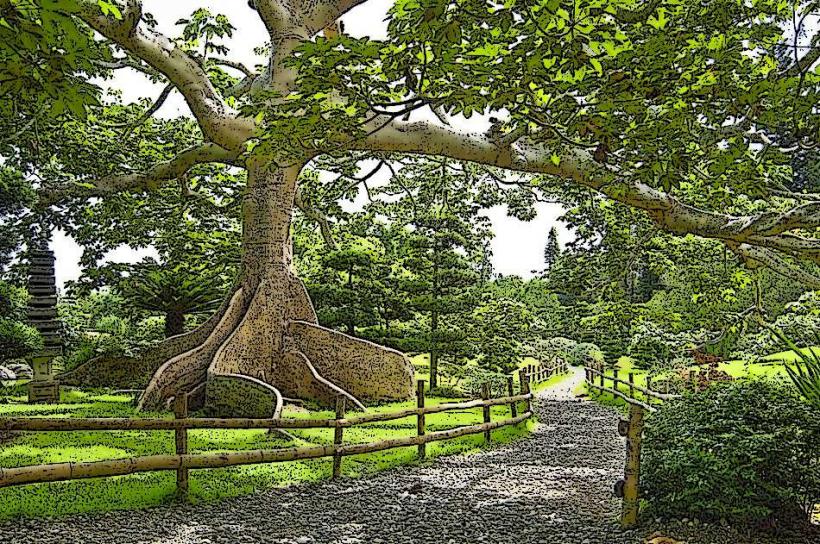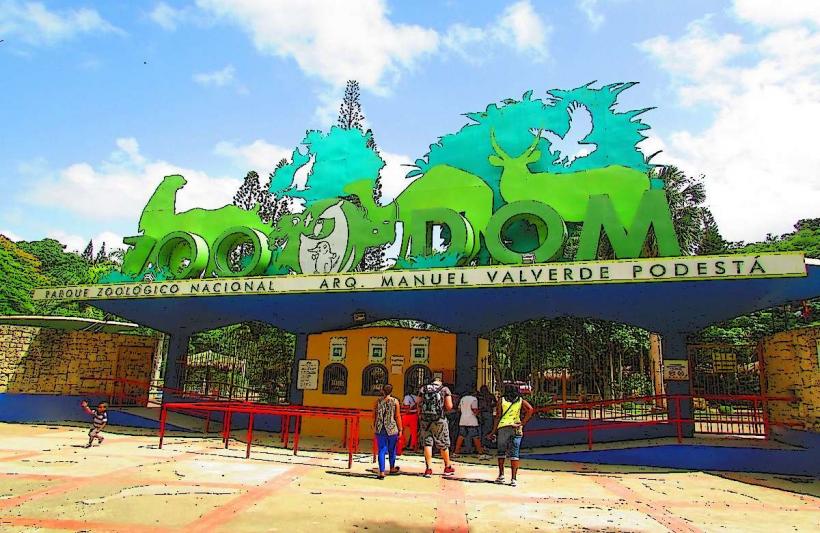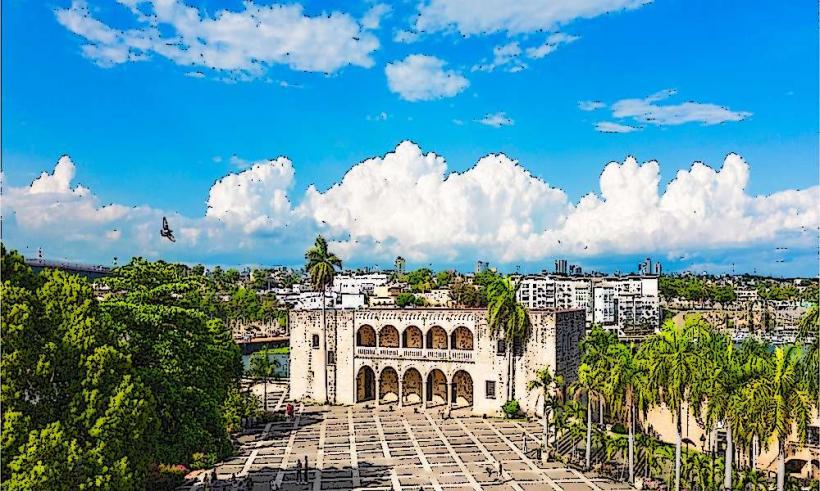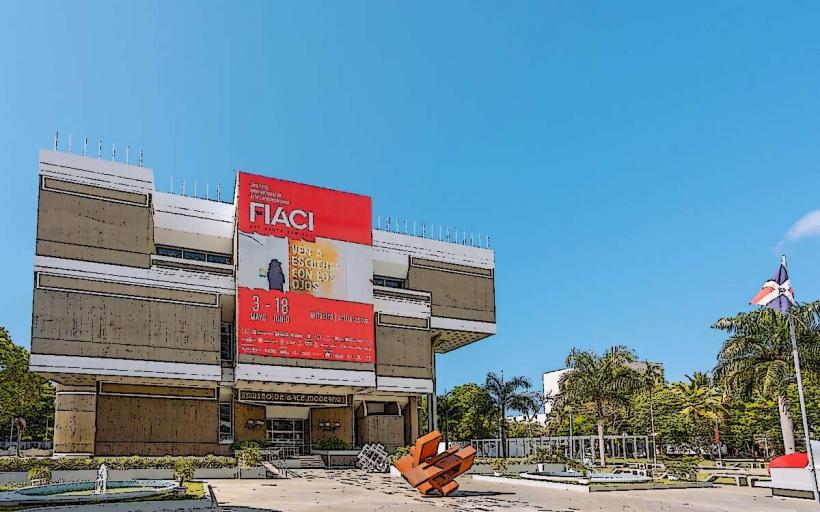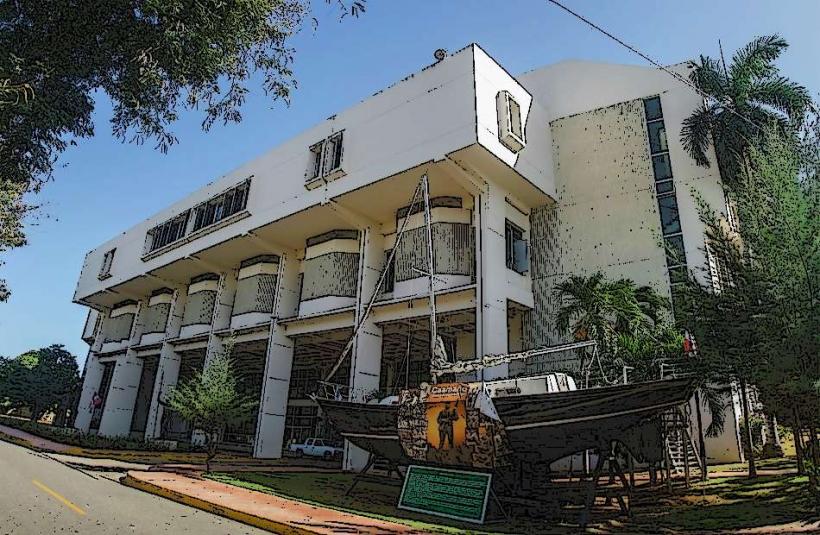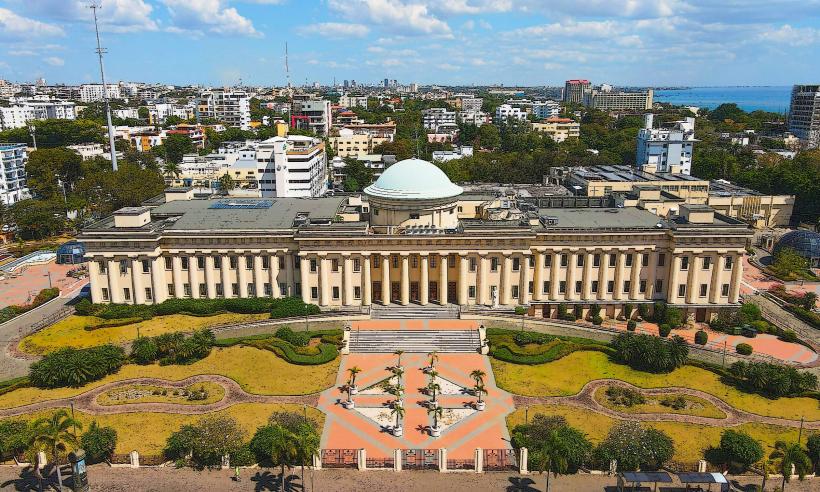Information
Landmark: Ozama FortressCity: Santo Domingo
Country: Dominican Republic
Continent: North America
The Fuerza de Ozama (Ozama Fortress) is one of the most significant historical landmarks in Santo Domingo, Dominican Republic. As one of the oldest military structures in the Americas, the fortress played a crucial role in the defense of the city during the Spanish colonial period. Today, it stands as a testament to the island's colonial history and is a popular tourist attraction in the heart of the Colonial Zone.
Historical Background
- Construction: The Ozama Fortress was built between 1502 and 1505, making it one of the earliest European military structures in the Americas. It was constructed by the Spanish to protect the city of Santo Domingo from pirates and other external threats. Its strategic location on the Ozama River made it an ideal place to defend the city, which was an important Spanish colonial port.
- Architectural Design: The fortress is designed in a Renaissance military style, with a combination of stone walls, towers, and bastions. It was built using local limestone, which contributed to its durability and strength. The fortress’s design reflects the defensive needs of the time, with features meant to withstand artillery and siege tactics.
Key Features and Attractions
1. Main Structure and Walls
- The fortress is characterized by its massive stone walls and bastions, designed to withstand enemy fire. The walls, which rise high above the ground, offer a commanding view of the surrounding area, including the Ozama River and the city of Santo Domingo.
- The fortress is made up of several interconnected sections, including a keep (the central stronghold) and defensive walls that surround the perimeter. The walls have been well-preserved over the centuries, and visitors can walk along them to get a sense of the fortress's original defensive purpose.
2. The Torre del Homenaje (Tower of Homage)
- One of the most iconic features of the Ozama Fortress is the Torre del Homenaje, or Tower of Homage. This circular tower was the strongest point of the fortress, offering the best defensive position and a place for the Spanish governor to reside during times of danger. It is one of the oldest surviving towers in the Americas and stands as a symbol of Spanish colonial military might.
- The tower offers an excellent vantage point, where visitors can take in panoramic views of the Ozama River and the Colonial Zone.
3. Historical Exhibits
- The Ozama Fortress has been converted into a museum that showcases the history of the fortress itself as well as the colonial era of Santo Domingo. The museum features a collection of historical artifacts, including weapons, armor, maps, and documents from the colonial period.
- The exhibits provide valuable insight into the military history of the Spanish Empire in the Americas, including the fortress’s role in protecting the city from attacks by pirates and rival European powers.
4. Strategic Location
- The fortress is strategically located on the Ozama River, which was the primary route for the transport of goods and people during the colonial period. Its position allowed it to defend the river and the approach to the city, which was a vital trade route. The fortress also served as a symbol of Spanish dominance over the New World.
- From the fortress, visitors can see the bustling modern city of Santo Domingo juxtaposed with the historic Colonial Zone, providing a visual connection between the past and present.
Role in History
- Defense against Pirates: During the 16th and 17th centuries, the fortress played a critical role in defending the city of Santo Domingo from attacks by pirates and other European powers. The fortress was designed to protect the city’s vital ports and trading routes, making it one of the key military structures of the Spanish Empire in the Caribbean.
- Military Significance: The fortress served as the headquarters of the Spanish military in the New World for several centuries. It was an important administrative and military center during the Spanish colonial period.
- Decline and Modern Times: After the decline of Spanish power in the Caribbean and the eventual independence of the Dominican Republic, the fortress's military importance diminished. It was later abandoned as a military installation and converted into a historical site for public viewing.
The Fortress Today
- Tourism: Today, the Fuerza de Ozama is one of the main attractions in the Colonial Zone of Santo Domingo. Visitors can explore the well-preserved walls, the Torre del Homenaje, and the museum exhibits that delve into the fortress’s history. The fortress offers a glimpse into the colonial military history of the region and serves as an important educational resource.
- Cultural Events: The fortress is sometimes used for cultural events, including concerts, art exhibitions, and theatrical performances, making it a lively center for both history and contemporary culture in the city.
- Views and Photography: The fortress provides excellent opportunities for photography, both for its impressive structure and the surrounding views of the Ozama River, Santo Domingo, and the nearby Malecón.
Nearby Attractions
- Parque Colón: Just a short walk from the fortress, Parque Colón (Columbus Park) is one of the most famous public spaces in the Colonial Zone. It is home to the Cathedral of Santa María la Menor, the oldest cathedral in the Americas, and a statue of Christopher Columbus.
- Museo de las Casas Reales: This museum, located nearby, provides more insight into the colonial history of the Dominican Republic, particularly the administrative and military aspects of the Spanish Empire.
- Alcázar de Colón: The Columbus Palace, which once served as the residence of Diego Columbus, the son of Christopher Columbus, is another nearby historical site in the Colonial Zone.
- Malecón de Santo Domingo: The Malecón, a scenic seafront boulevard, is a short distance from the fortress and offers beautiful views of the Caribbean Sea, restaurants, shops, and nightlife.
Practical Information
- Location: The fortress is located in the Colonial Zone of Santo Domingo, near the Ozama River, and is easily accessible from other historic sites in the area.
- Opening Hours: The fortress is typically open from 9:00 AM to 5:00 PM, with some changes for holidays or special events.
- Admission: There is an entrance fee to visit the fortress, but it is usually affordable. Discounts may be available for students, seniors, or locals.
- Guided Tours: Guided tours are available in both Spanish and English, offering a more detailed explanation of the fortress's history and significance.
Conclusion
The Fuerza de Ozama is a must-visit historical site in Santo Domingo, offering visitors a chance to explore one of the oldest and most important military structures in the Americas. Its historical significance, well-preserved architecture, and fascinating exhibits make it an essential stop for anyone interested in the colonial history of the Dominican Republic. Whether you're a history buff, an architecture enthusiast, or simply looking for a scenic and cultural experience, the Ozama Fortress offers a captivating glimpse into the past.

